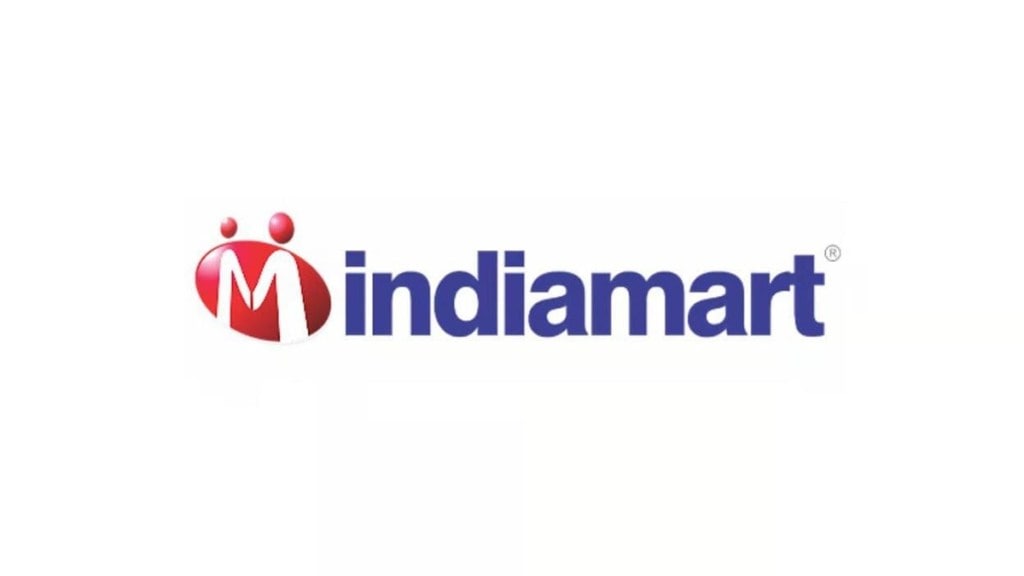It’s been a rough couple of years for IndiaMart InterMesh but Dinesh Agarwal is betting things will look up. The CEO of the country’s biggest B2B portal, which caters to small enterprises, is hopeful the pace of customer additions will perk up. Since June, 2023 just about 2,000-3,000 customers have been added every quarter compared with about 5,000 a quarter before that. Moreover, right now, the churn among suppliers, especially those that are on what’s called the silver plan, is worrying having gone up to 7-8% since Q1FY24 from 4-5% pre-pandemic. That needs to reduce. Else, the steady fall in collections in the past six quarters, which decelerated to 5% year-on-year in Q2FY25, will be hard to reverse.
Agarwal admits there is a problem. He concedes, there has been some lack of focus on client servicing and also in identifying the right suppliers. Many of those who were on-boarded onto the platform were micro units and simply didn’t have the wherewithal to supply the goods that were ordered.
Experts say leads were sent in random fashion to a dozen suppliers at a time which meant the conversion levels for many were low. This was especially true for the silver category of suppliers. Although they pay just Rs 28,000 annually—much lower than Rs 45,000 that is charged for gold plans— and bring in just a fourth of the company’s total revenues, they’re important channel for the future.
The high churn in customers, experts believe, could be more of a “product issue” and less a sales problem. The leads sent out to the silver category customers are limited resulting in a low return on investment and more churn.
Shobhit Singhal at Anand Rathi Securities feels that the onboarding of suppliers needs to be more focused. “Dedicated teams should impart proper knowledge about the platform, the various features, options available and steps to improve visibility,” he says. Moreover, to reduce competition, a single lead should be given to fewer suppliers, say 5-6 rather than 9-10 suppliers, within a specific region. “This would lessen the competition and suppliers would be encouraged to stay on the platform instead of using other avenues,” he says.
Much of this is being fixed, says CEO Agarwal, who admits the company was chasing growth by simply adding buyers and sellers and agrees it could take 6-9 months for the business to stabilise. The process of sending leads to suppliers has been streamlined with just 5-6 suppliers being sent leads simultaneously. The leads are more relevant. The minimum quality guidelines for sellers are being tightened with more filters being put in. Sellers now need to upgrade their catalogues and furnish many more product specifications.
The idea is to make the platform much more robust and improve user experience both on the website and mobile application. For experienced sellers, more sophisticated tools are being put in place while features are being added to help new buyers and sellers navigate the platform more easily. This should help bring in more repeat subscribers. Right now, that number is just a shade over 50% for buyers on a 90- day silver plan and just 30% for those on a monthly silver plan. An ideal number would be 66%. “Our matchmaking algorithm is getting It right most of the time now. And of that, 20-30% will call you back,” says Agarwal. But it’s going to be slow going. The street is pencilling in a revenue rise of just 11% in the next two years on the back of an estimated 18% in the current year. Agarwal isn’t denying this, he’s happy if the churn recedes. “Even if I get to zero addition, I would be more than happy,” he says.
In the meanwhile, IndiaMart has been paring expenses on its sales team which decelerated sharply to 47% of revenue in the September quarter Q2FY25 from 57% of revenue in Q1FY24. In FY23, the additions to the sales team numbered 300-400 a month but have since tapered off.
As Garima Mishra and Ishani Swain of Kotak Institutional Equities observe, the sales effort in the form of feet-on-the-street manpower, is a key cost for the business as is teleservicing. Both, they point out are essential for acquiring new customers as also for retaining and up-selling to existing customers.
This is not the first time IndiaMart has been in a spot when chasing growth. But the virtually stagnant number of calls and enquiries in the past many quarters, save for Q2FY25, suggest fewer quality leads are being sent to suppliers. At the same time, experts point out that restoring the pre-Covid price levels may have led to customer’s expectations going up but not being met. As Akshat Agarwal and Ayush Bansal of Jefferies point out, there room for growth given this space is largely untapped and the adoption of technology amongst SMEs is low.
Also, IndiaMart has a fair bit of cash on the books to keep it going even as it has pruned investments. Agarwal’s decision to not chase for growth for the moment but get his house in order is a good one. He must stay with this strategy and see it to its logical conclusion.

